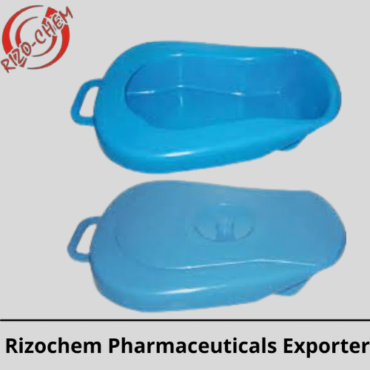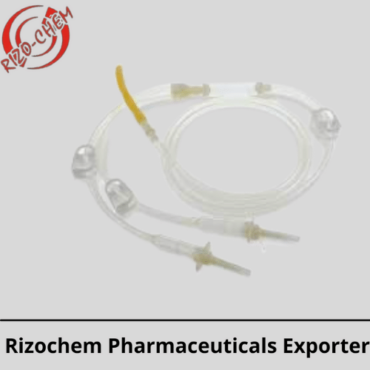i.v infusion set set is what?
i.v infusion set Usually over a long period of time, regulated pharmaceutical infusions are performed using IV sets. To link the drug to the needle placed into the patient, IV settings are utilised. To expand IV lines without running the danger of contamination, IV extension sets are also employed.
What kinds of i.v infusion set are there?
There are two kinds of IV infusion sets in use.
IV infusion set with a vent.
IV infusion set without a vent.
What is the name of IV tubing?
- An imbuement set, otherwise called an essential implantation tubing/organization set, is utilized to give intravenous liquids (Perry et al., 2014).
- The IV arrangement sack is associated with the organization set and mixture tubing.
What tools are required for an IV infusion?
partial selection of the IV cannulation equipment needed. Adaptor and vacuum collection tubes for IV cannulation. IV catheter used without a needle. Over-the-needle IV catheters come in a variety of sizes.
What cannula size would be ideal?
selecting a cannula
The largest cannulae (14-16 gauge) should be utilised for rapid infusions as well as for infusions of viscous fluids like blood. For crystalloids, smaller diameters (18–20 gauge) ought to be adequate.
How many different kinds of IV cannulas exist?
Peripheral IV cannulas, central line IV cannulas, and mid-line IV cannulas are the three basic types of IV cannulas.
How frequently can we use the IV set?
Conclusions: It indicates that patients with central or peripheral catheters can have intravenous administration sets containing crystalloids changed every 72 hours or more without an increase in the incidence of BSI.
How are IV fluids infused?
To keep the IV needle in place, tape it to your arm. Connect the shorter tube to the smaller tube, and then connect the longer tube to the fluid bag. Hang the bag from the stand’s high hook (called an IV stand). A device that will pump the liquid into the IV line should be turned on.
If the IV is not in a vein, what happens?
Fluids or medications can leak into the surrounding tissue when an IV is not put correctly or is administered improperly in another way. This type of damage, known as IV infiltration, may result in discomfort, fluid overload, infections, nerve damage, stroke, brain injury, or even death.
We are a Global Wholesaler what’s more, Exporter from India and work more than 5 countries like UAE, Saudi, Oman, Qatar, and Myanmar Assuming you are searching for another product or brand, click here.







